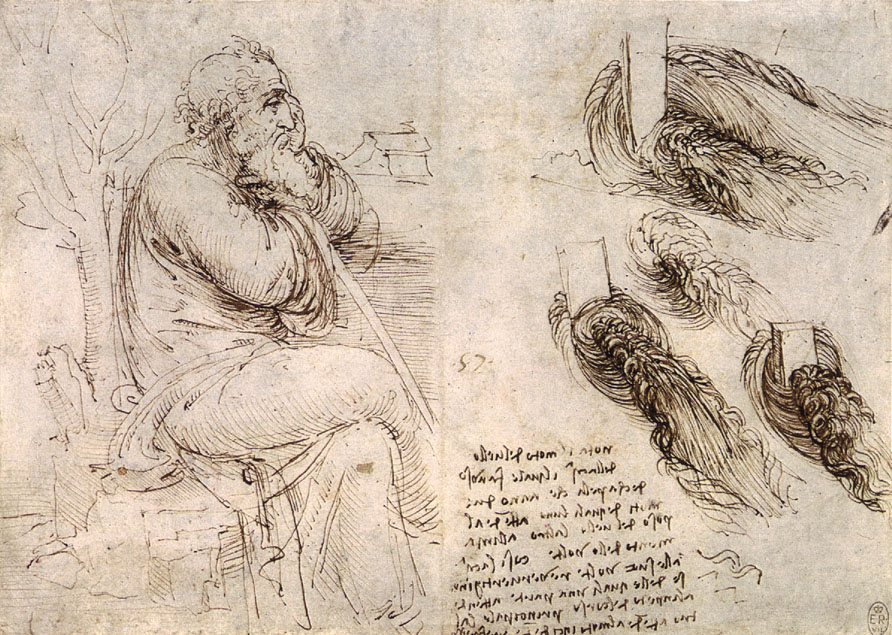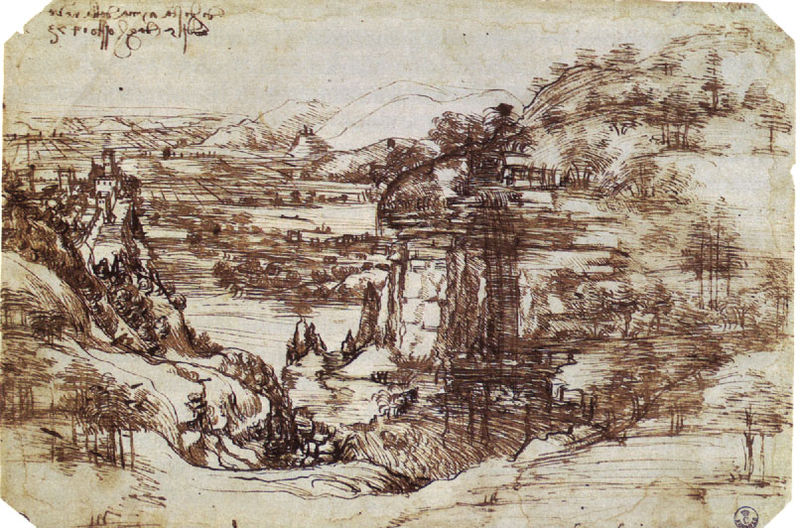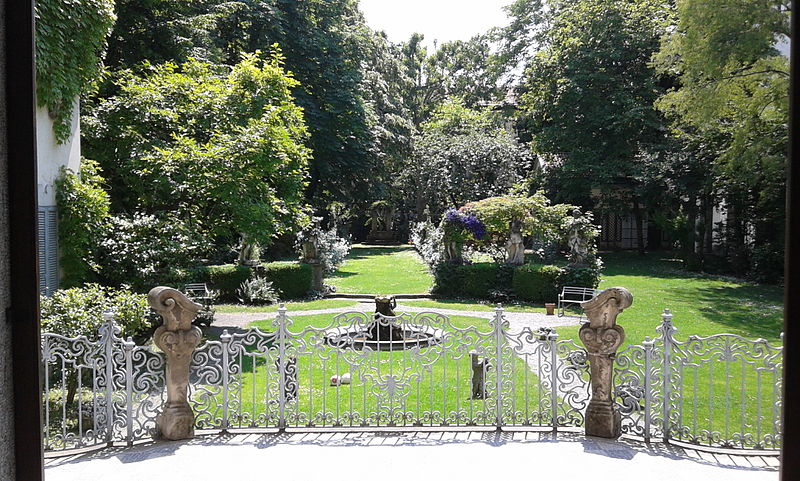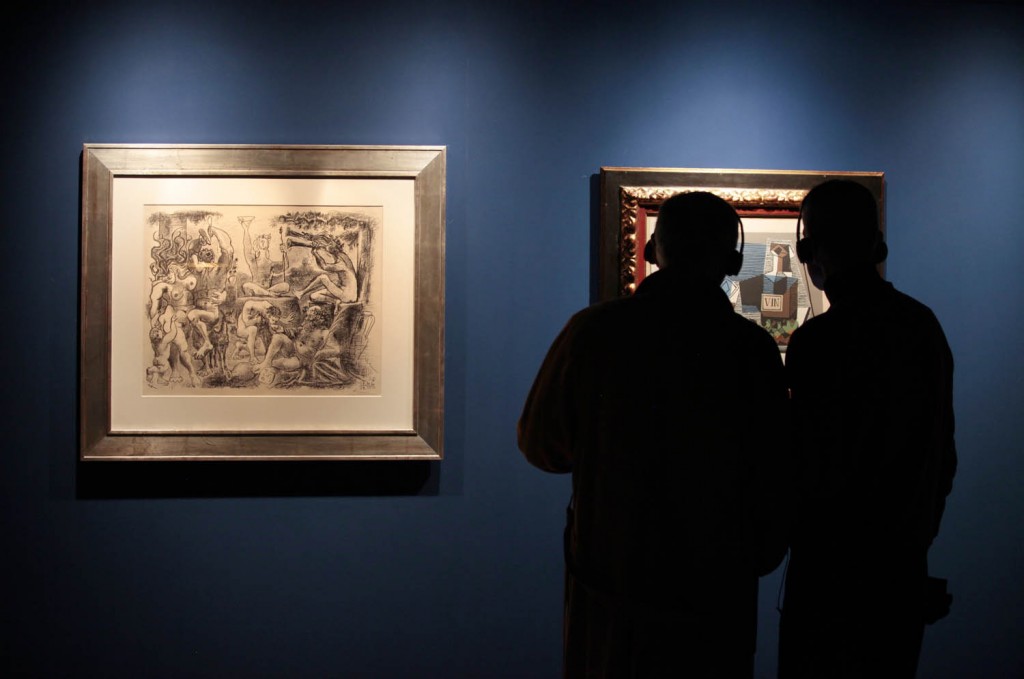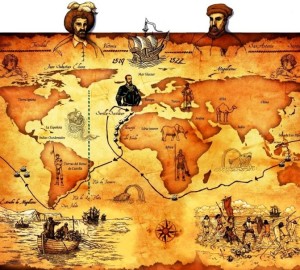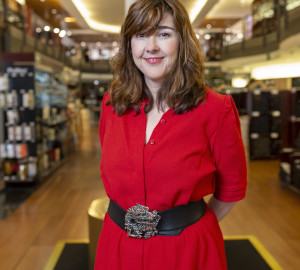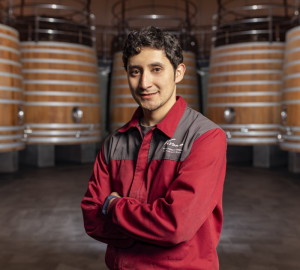"Et però credo che molta felicità sia agli homini che nascono dove si trovano i vini buoni". (And yet I believe that much happiness is in men who are born where the good wines are found), he once said Leonardo da Vinci. And the fact is that the great genius of the Italian Renaissance -the one who was the symbol and the best artistic and scientific interpreter of the humanist spirit of his time- knew what he was talking about.
Leonardo da Vinci and the spiritual value of wine
Registered at birth as "Lionardo di ser Piero da Vinci" (from his father's name), on 15 April 1452, in the town of Vinci, located in the province of Florencein the heart of Tuscany, Leonardo was a great wine lover (in addition to many other things...). His family owned an estate, surrounded by vineyards, in the small hamlet of Anchiano, belonging to that area which today is known as the wine-growing area of the Chianti Montalbano. In this marvellous land of vineyards and hills, the centuries seem as if they have never passed and the landscapes are still as beautiful and fascinating as they were then.
Throughout his life, Leonardo devoted much thought and careful observation to wine. "Il vino, il divino licore dell'uva" (The wine, the divine liquor of the grape). Wine - as he himself defined it - had a fundamental importance for him, with an almost spiritual value. And this facet, perhaps less well known in his biography, was a constant throughout his extraordinary human and creative career, reflected in drawings, botanical studies and even indications in the field of viticulture. In a letter of 1515, for example, he wrote to the farmer of his estate in Fiesole, giving him instructions on how to produce an excellent and faultless wine, writing a sort of viticultural manual of five centuries ago.
Leonardo da Vinci. Study of a Tuscan Landscape. 1473. Uffizi Gallery.
The Year of Leonardo
This year marks the 500th anniversary of Leonardo's death. The master died on 2 May 1519, in Amboise, where he had settled three years earlier, after following his new protector, the King of France, Francis I. To celebrate the Year of Leonardo, hundreds of initiatives have been launched all over the world. In Italy (and especially in Florence, Rome and Milan, cities in which the artist was particularly active), in France, Spain, the United Kingdom and many other European and non-European countries, exhibitions, conferences and other cultural and artistic initiatives have been organised, dedicated to the memory and the dissemination of the work of this exceptional protagonist of universal knowledge.
Among other initiatives, the Museo Ideale Leonardo da Vinci in the town of Vinci has reopened (after a few years of closure for restructuring). The museum is located in front of the former town hall mill, which the artist took over in 1478, together with his father and uncle. The Museo Leonardo e il Rinascimento del Vino will also reopen in Vinci, located in a building that already in the 19th century housed another wine museum, the "Museo Masetti" (owned by the family of Count Masetti da Bagnano). This museum, in 1868, was defined as "the oldest wine museum in the world". by the Italian national hero Giuseppe Garibaldi (1807-1882), who recounted in his memoirs the great emotions he felt when visiting his cellar and seeing the numerous exhibits.
Leonardo's Vineyard
But there is a very special place, in Italy, where today you can almost breathe Leonardo's great passion for wine, La Vigna di Leonardo in Milan.
In March 1482, Lorenzo de Medici sent Leonardo, who was then thirty years old, to Milan as a Florentine emissary, to work for the patron Ludovico Maria Sforza - known as the Moor - and at the same time to help maintain good diplomatic relations between the Florence of the Magnificent and the powerful Duchy of Milan. In June 1493 da Vinci received the title of "ingeniarius ducalis" and between 1494 and 1498 he painted his masterpiece, the fresco of The Last Supperin the Dominican monastery of Santa Maria delle Grazie. In 1498, as a sign of recognition, Ludovico granted him the ownership of a vineyard with a surface area of 16,000 m2 (a Milanese pértica). pertiche (a Milanese pértica is approximately 654.5 square metres).
Fascinating legends and stories have grown up around Leonardo's vineyard.The artist, his works and his followers are intertwined. Some have even imagined the master, after a long day's work, walking through the Borgo delle Grazie and arriving at his vineyard to admire it or to check its situation.
Unfortunately Leonardo was only able to enjoy his vineyard for a short time, as in 1500 the French troops defeated El Moro and invaded Milan. Leonardo left the city and rented the vineyard to the father of his pupil, Gian Giacomo Caprotti, called Salai. Leonardo would only get it back on his deathbed in 1519, when the French returned it to him after it had been confiscated. It was mentioned in his will and bequeathed partly to Salai and partly to another servant.
After centuries of neglect, the vineyard was reborn in 2015The Casa degli Atellani, a Renaissance palace built on the grounds of the vineyard, has been restored to its former glory by the Portaluppi Foundation of Milan and the current owners of the Casa degli Atellani. Thanks to the study of maps of the city at the time and the participation of the University of Milan, in collaboration with the oenologist Luca Maroni, the geneticist Serena Imazio and Professor Attilio Scienza, one of the world's leading experts on vine DNA, it has been possible to find and replant vines identical to those of Leonardo's vineyard on their original site.
Casa degli Atellani (Milan). Author: Carlo Dell'Orto
As Moroni explains, the adventure began in 1999, when the news of the Donation of the vineyard to Leonardo by the Moro. In 2004, research began to identify the exact location of the last plot of the original vineyard. Once identified, excavations were carried out with the aim of finding plant residues still alive from the original vines (the vineyard had been burnt down in 1943, after a bombing raid during the Second World War). Through a complex genetic study, they were able to identify both the species of the original vine (called Malvasia di Candia Aromatica) and a clone of the currently living species that was genetically more similar to it.
The Culture of Wine, a universal and timeless knowledge
The vineyard was thus replanted in what was the original site of Leonardo's vineyard, i.e. in a space adjacent to the Casa degli Atellani. Currently The Vigna di Leonardo is a space that can be visited in a tour A half-hour closed number, developed in seven stages through which one learns about the incredible history of this plot of land and its incalculable cultural, historical, scientific and oenological value.
The same love for the Culture of the VinoThe same love for the organoleptic aspects and symbolic manifestations of the food that unites Leonardo with the professionals who, after five centuries, have been working in the field of food, have starred in this incredible story of research and dissemination.. It is a universal passion, which transcends geographical and temporal boundaries and translates into a constant desire to know, discover, preserve and educate present and future generations. A desire to keep alive an essential aspect of our civilisation, an element of connection between the earth and the spiritual values of humanity. It is the same desire that, for twenty years, has been animating and guiding the activities of the Foundation Vivanco and its Museum of Wine Culture.






